Deciduous larch and other “unknown” facts about coniferous trees
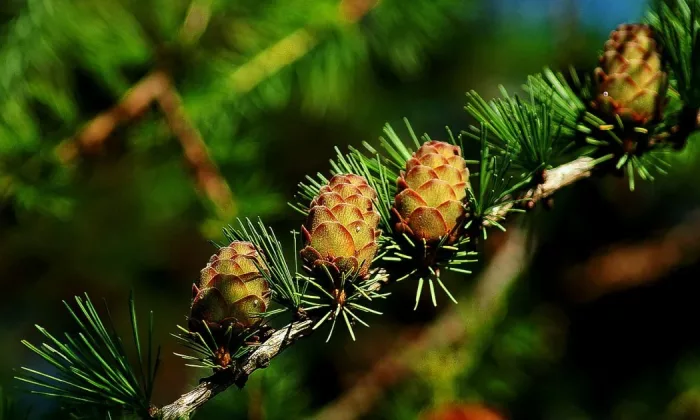
Coniferous trees are a much-discussed topic these days. Unfortunately, it is not because of the approaching holidays but due to bark beetles which keep destroying trees literally throughout the world. It is the time of the year when many of us use coniferous twigs to create various displays. In any case, we shall give you few interesting facts about coniferous trees. The sad part is that some people cannot even recognize the most famous conifers. Well, some of them may look alike such as juniper, thuja or cypress, but everyone should recognize spruce, pine, fir and larch. It is a shame when you get that incredulous look when you tell someone that a larch actually loses it needles or that a pine tree has long needles. So let’s take a closer look at each of the four mentioned trees.
Spruce trees have existed since the end of the Mesozoic
Spruce is one of the most richly represented genera of coniferous trees in Europe. It includes roughly 33 to 40 species that grow in the northern hemisphere. Spruce trees can grow to a respectable height. For example, the Sitka spruce can grow up to 80 meters. Spruce branches grow in whorls, the bark is thin, rougher and the wood contains canals of resin. There are two types of needles. They can have a square in cross-section and have a single vascular bundle, or they can be flat. Flat ones have two white stomatal stripes, similar as fir trees. Unlike fir, needles grow directly from raised leaf pads. When a twig loses needles, the surface is rough. There are two types of cones. The male cones grow in axils of needles and the female cones at the end of last year’s branches. Spruce has a relatively shallow root system, it often lacks enough moisture – especially these days. Insufficient moisture makes the tree week and more susceptible to bark beetles.
Photo: Pixabay
Resistant pine
Pines do not grow as tall as spruces. The height ranges from 30 to 40 meters. More than half of the tree trunk is bare with not branches.The crown has a rather rounded shape and it is quite airy. Needles grow in bundles of two. They are stiff, from 4 to 7 cm long and quite prickly and they remain on the tree for around three years. The root system is not as shallow and makes pines stronger and more resilient to pests. Pine cones are plump and relatively hard and the bark is the roughest of all conifers.
Photo: Pixabay
Elegant fir
Fir can grow up to 65 meters and it is typical for its cylindrical trunk with a diameter of around 2 meters. Bark is smooth and needles are about 2 to 3 cm long and are flat. The upper side is dark green and the lower side has shiny stripes. Cones stand upright and are from 10 to 20 cm tall. The root system is a very strong and the lateral roots are branched like an antler and can withstand even very strong winds.
Photo: Pixabay
Deciduous larch
When we say deciduous coniferous tree, we are talking about larch. We all know that. Right? Larch can grow up to 40 meters and it is typical for its conical crown. The trunk is covered with a scaly bark, needles are soft and up to 4 cm long and grow in bundles. Each bundle has 15 to 50 in brachyblasts. Cones are ovoid, brown and upright. Larch is often grown as an ornamental tree and you can find larches in many gardens.
Photo: Pixabay
Preview photo: Pixabay

Gardening is my hobby, I have a lot of experience and I am happy to share it.
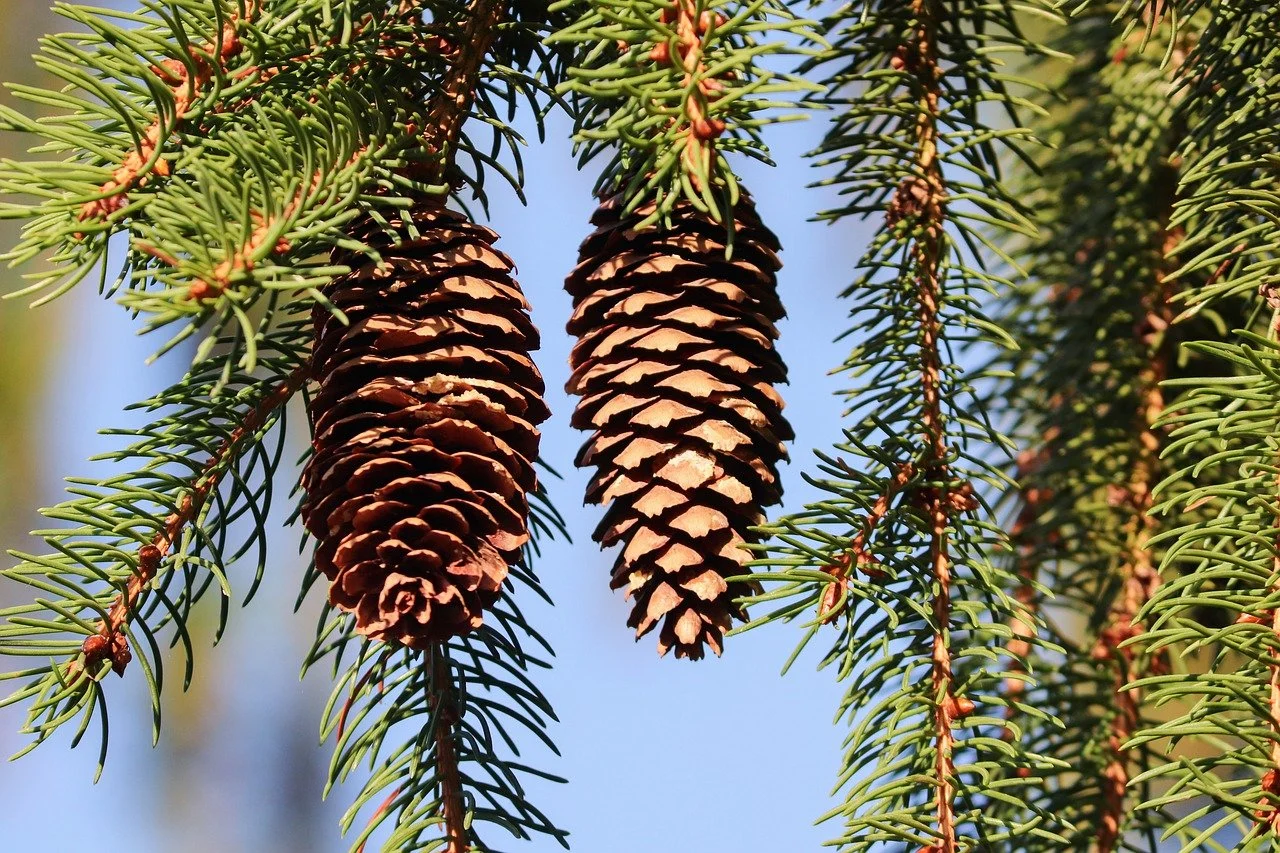
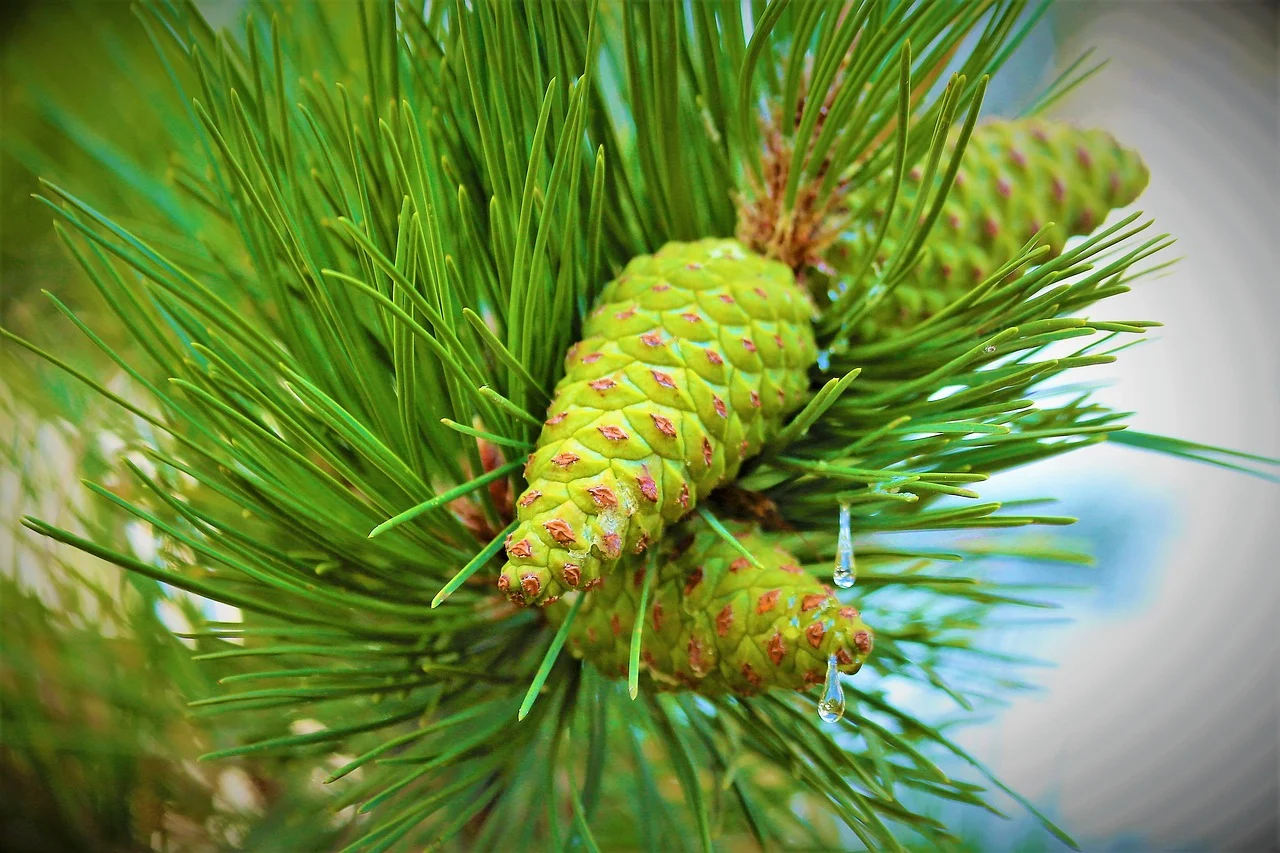
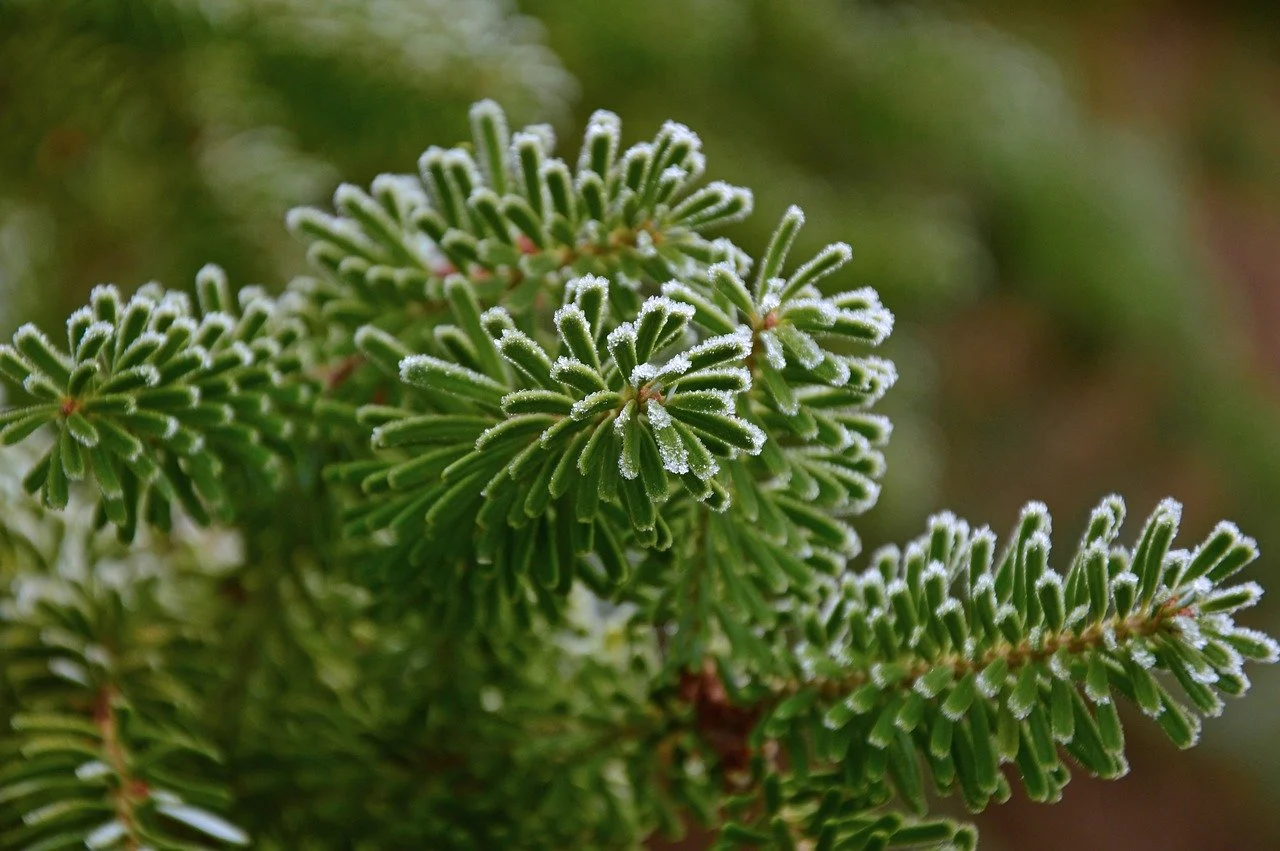
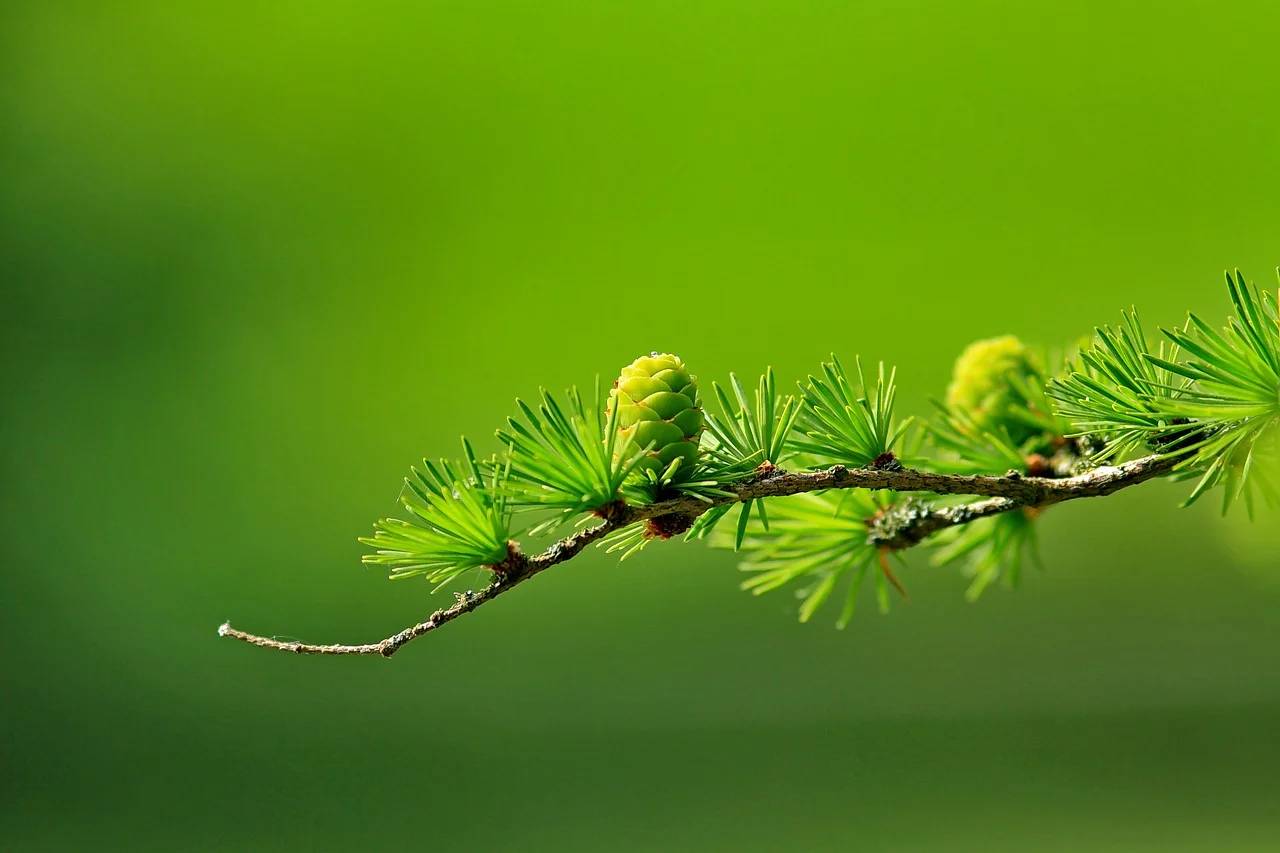



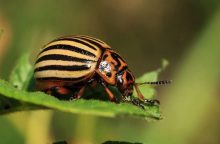




0 comments